The Jaguar I-Pace is a brilliant car. The first battery electric vehicle from Jaguar-Land Rover, the I-Pace starts at about $70,000 and goes up from there.
My colleague, Ars Automotive Editor Jonathan Gitlin, drove the I-Pace when it launched and came away raving about it—and for good reason. Not only did it win the World Green Car award, but it also won World Car of the Year.
Jonathan covered the I-Pace in great detail, so I won't spend much time talking about the driving experience. But, put simply, the I-Pace is a blast to drive. It accelerates briskly, it's incredibly comfortable, sight lines are good, handling is impeccable, it's roomy for its size, it has some modest off-road skills, and Jaguar-Land Rover's infotainment system, Touch Duo Pro, is well-thought-out, even if slightly laggy at times. Beyond that, JLR fixed one of the major complaints Jonathan had about the I-Pace as it entered production: the regenerative-braking settings are no longer buried under layers of menus.
In short, there's very little to dislike and much to love where driving the I-Pace is concerned. And at the risk of setting off a storm in the comments, I prefer driving an I-Pace to the Tesla Model S I drove for a few days last year.
But for many people, BEVs are an unknown. One frequent question I get when I talk BEVs is range anxiety—"don't you worry about running out of juice?" Range anxiety is real. Sure, most of us have had the experience of running on fumes as we pulled in to refuel, and even if you run out of gas, you can make the walk of shame to the nearest gas station. It's not the same with a BEV. Charging stations aren't ubiquitous like their fossil-fuel counterparts, and you can't trudge back to your Nissan Leaf or Tesla Model S with a can of electrons for your dead vehicle. And even with a full charge, you can see your eventual stall point approaching as you head down the highway.

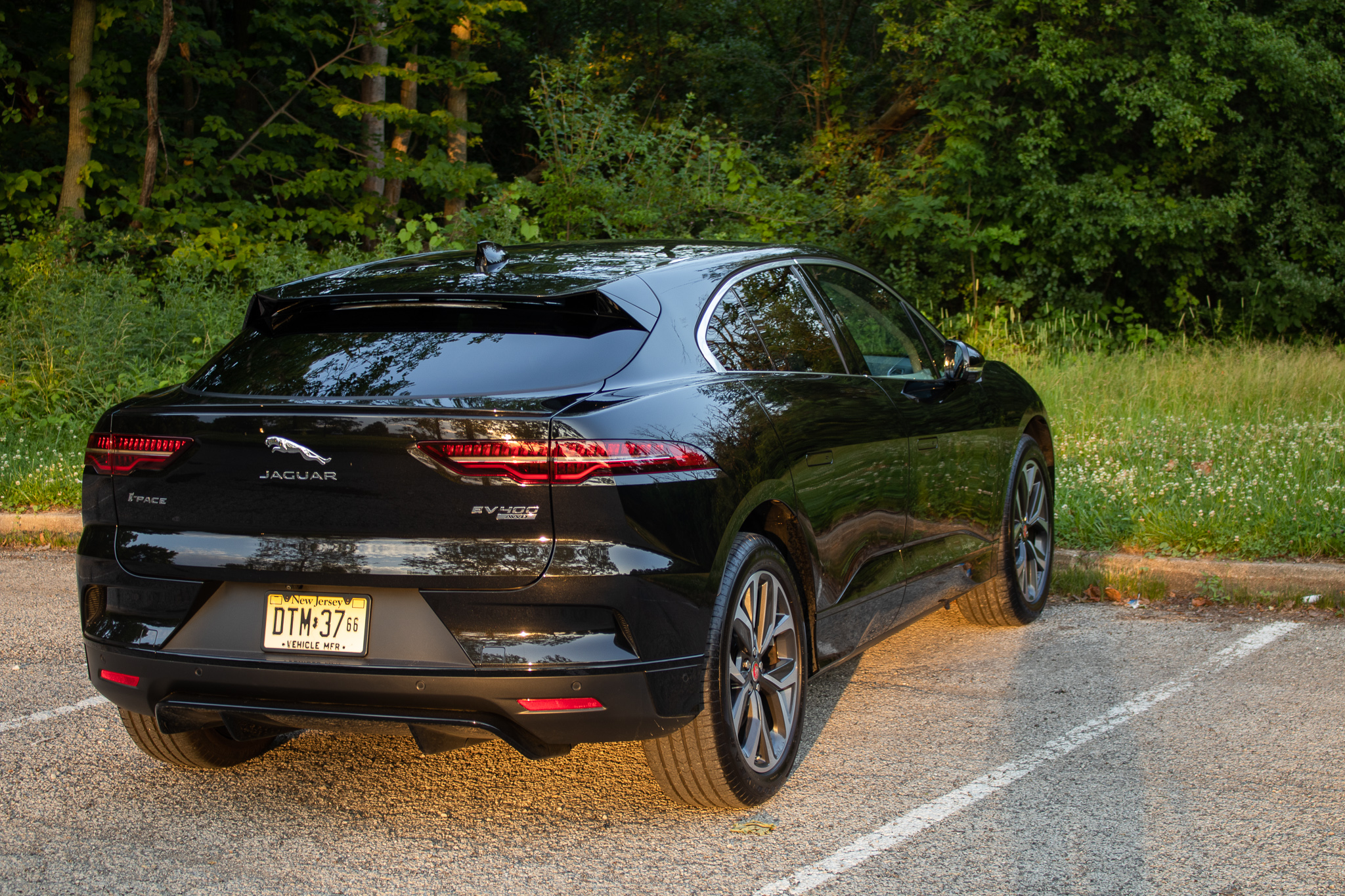
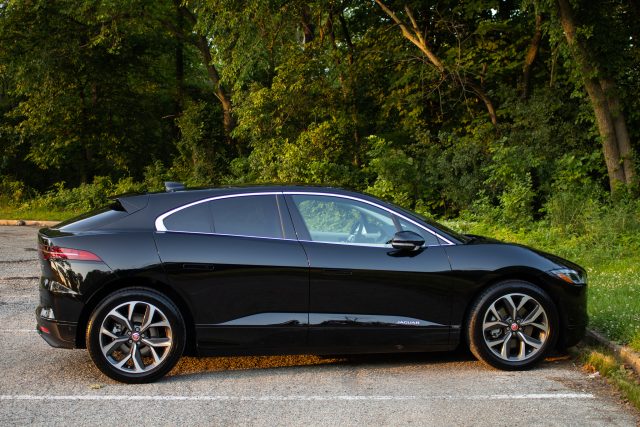
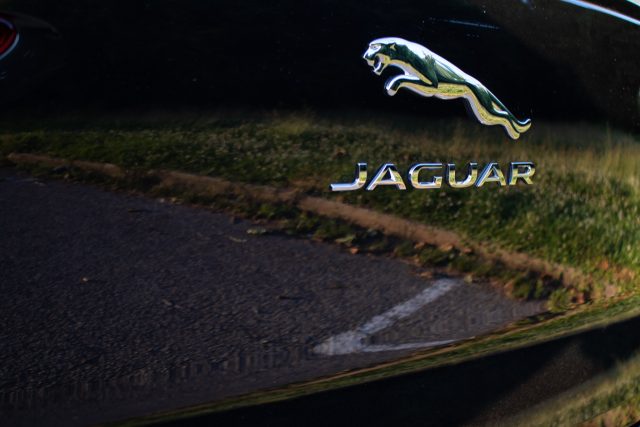
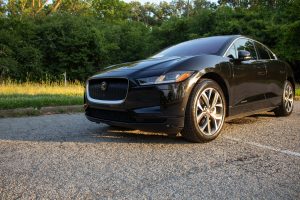
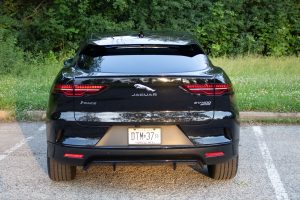
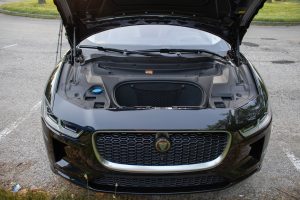
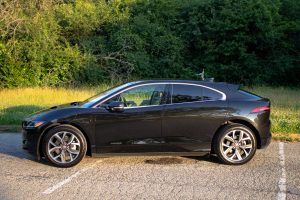
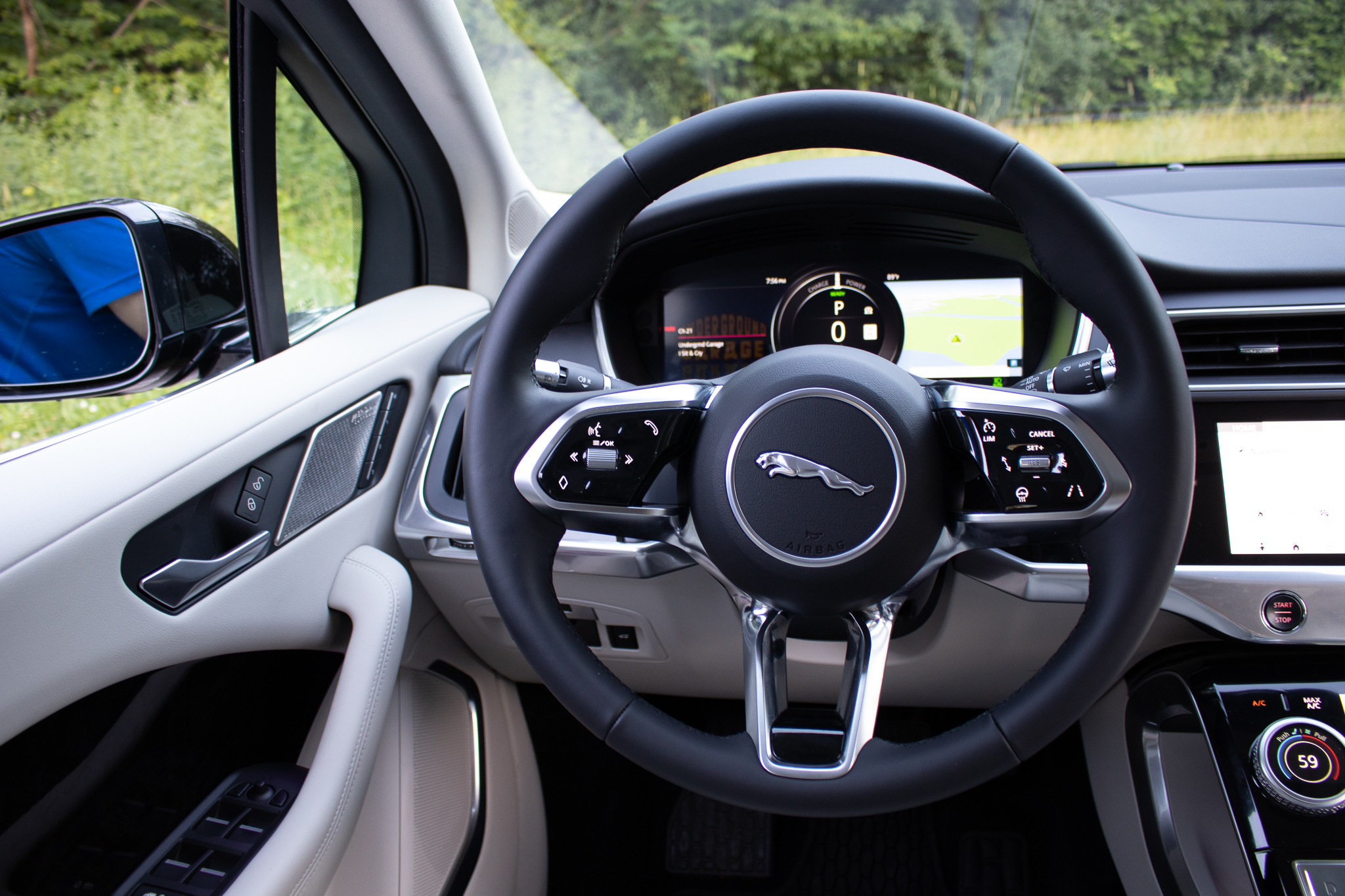
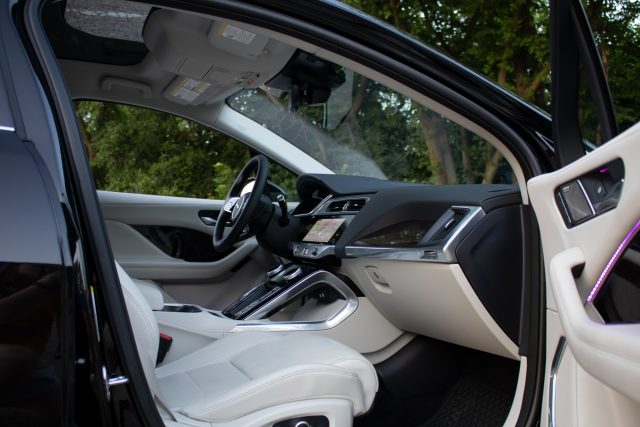
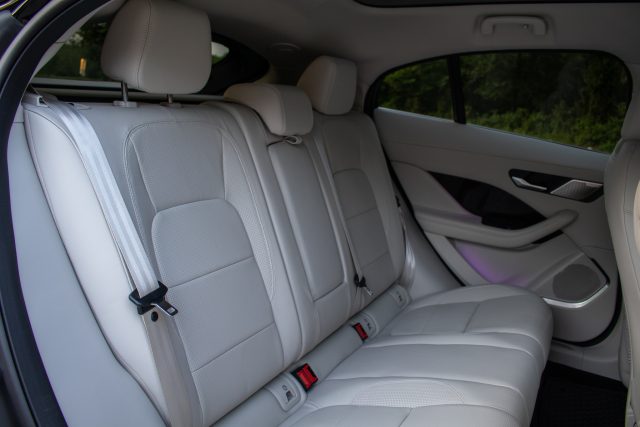
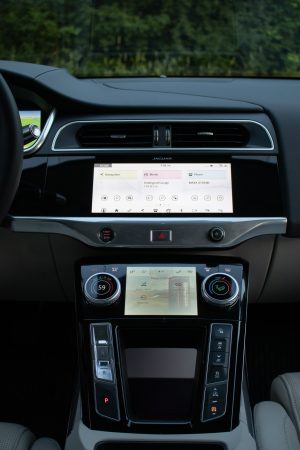
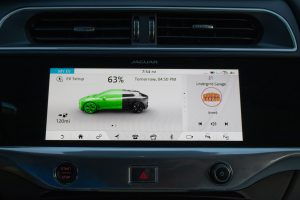
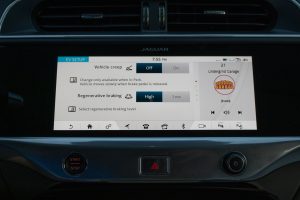
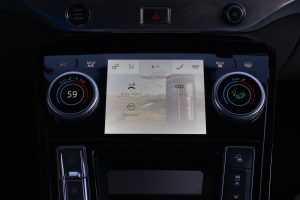
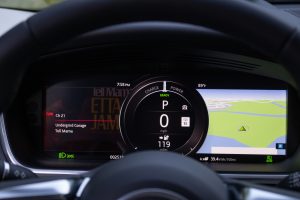
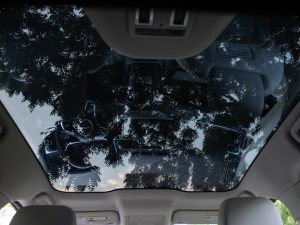
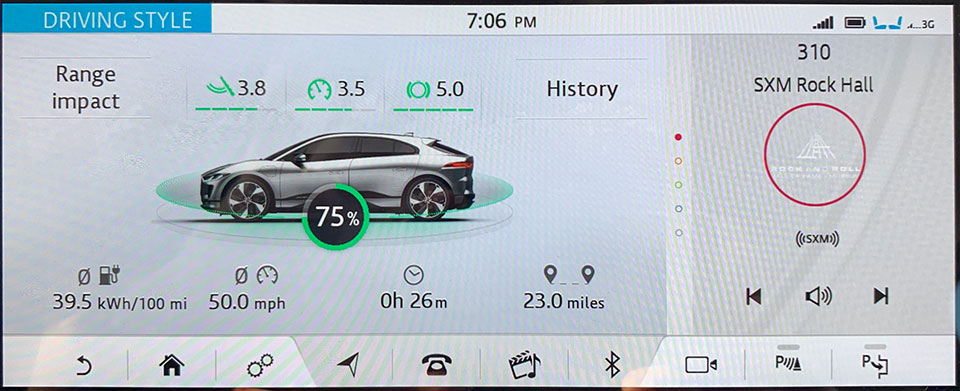
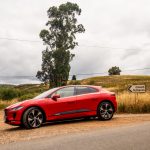
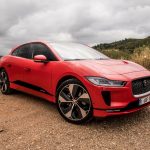

 Loading comments...
Loading comments...
